In today’s Senate Estimates appearance, RBA Governor Michele Bullock underscored the “persistent” nature of inflationary pressures within the Australian economy.
She pointed out the crucial distinction between demand growth rates and overall demand levels, emphasizing “growth rates are slowing, but aggregate demand is still above aggregate supply, and that’s what’s generating inflationary pressures.”
Bullock remained optimistic about RBA’s ability to manage inflation effectively without jeopardizing employment growth. “We think we’re in a good position to get inflation down in a reasonable amount of time while still keeping employment growing,” she noted.





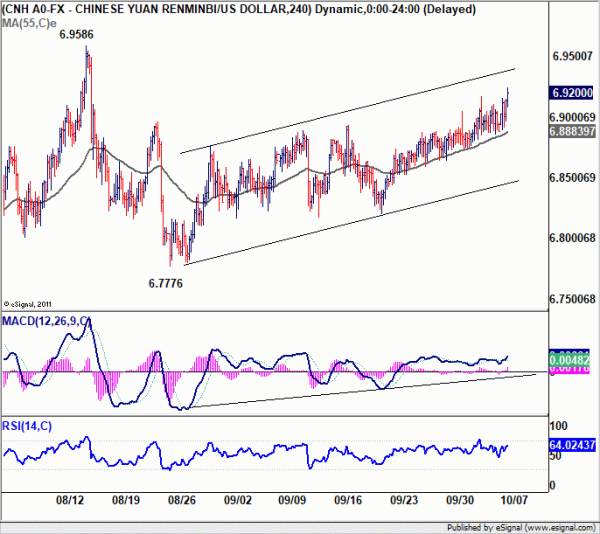
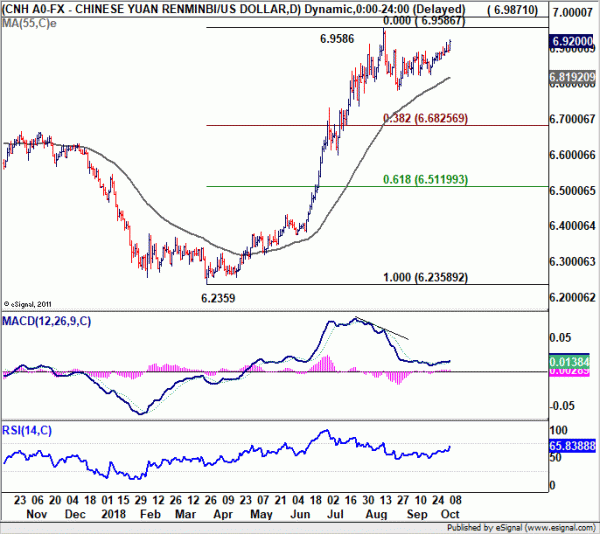
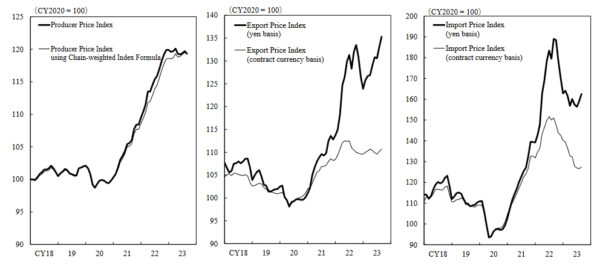
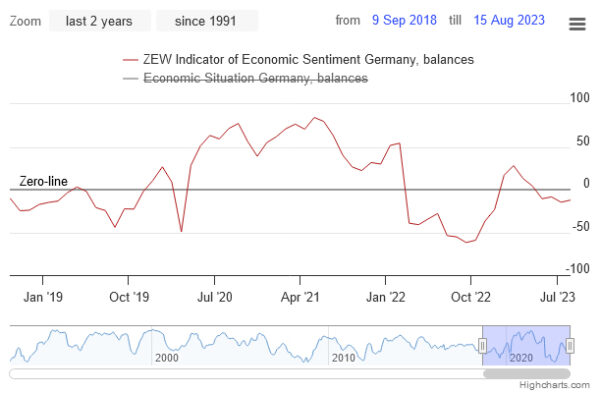
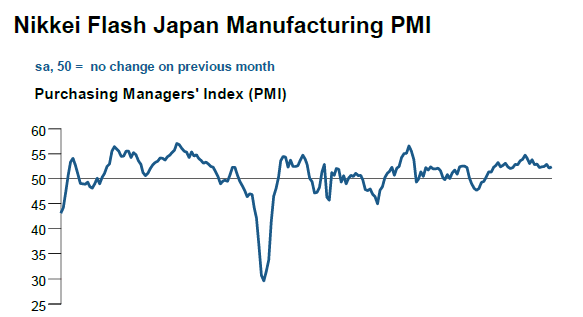
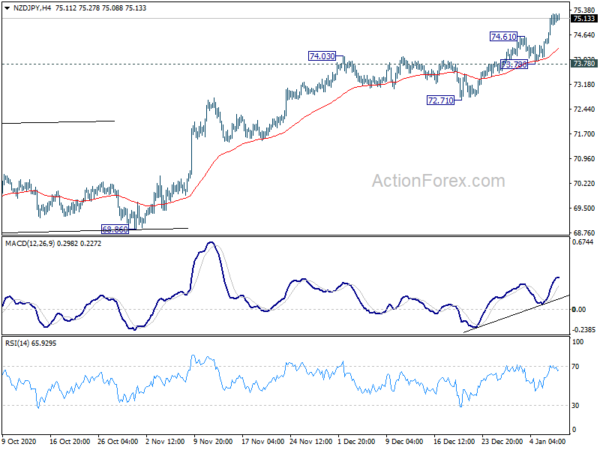
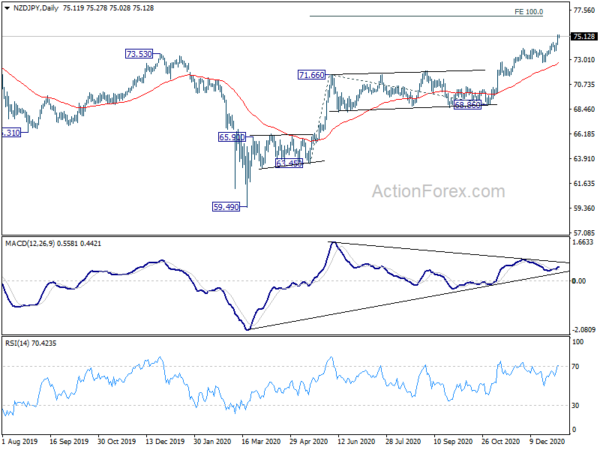
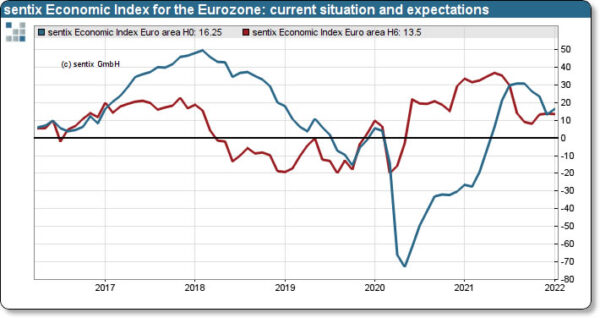
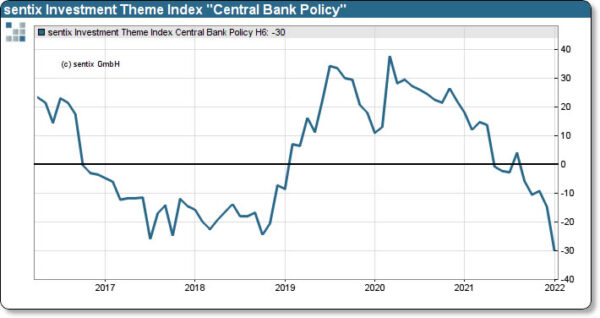
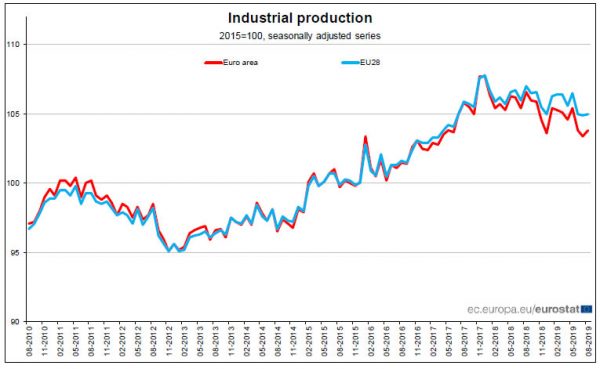
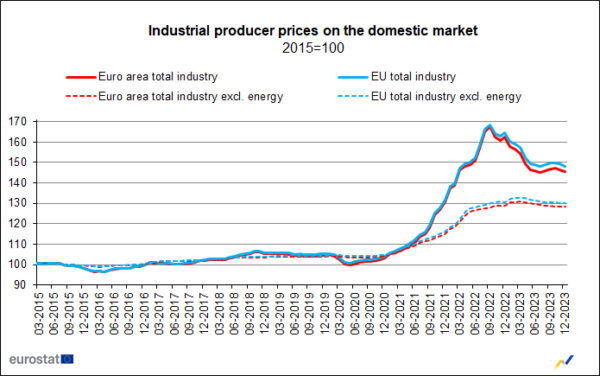
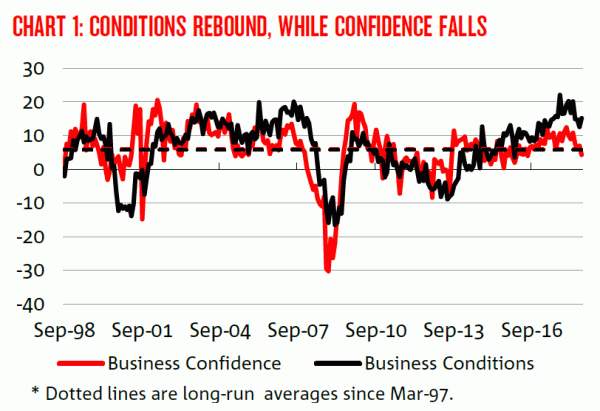

New Zealand retail sales dropped -8.1% qoq in Q3, 12 of 15 industries down
New Zealand retail sales dropped -8.1% qoq in Q3, better than expectation of -10.2% qoq. Ex-auto sales dropped -6.7% qoq, also better than expectation of -7.6% qoq.
Twelve of the 15 industries had lower sales volumes. By industry, the largest movements were: Food and beverage services – down -19%; Motor vehicle and parts retailing – down -12%; Department stores – down -24%; Hardware, building, and garden supplies – -down 15%.
The Auckland region dominated the national fall with a record decrease of -15% (1.5 billion), compared with the 6.2% ($618 million) rise in the June 2021 quarter.
Full release here.